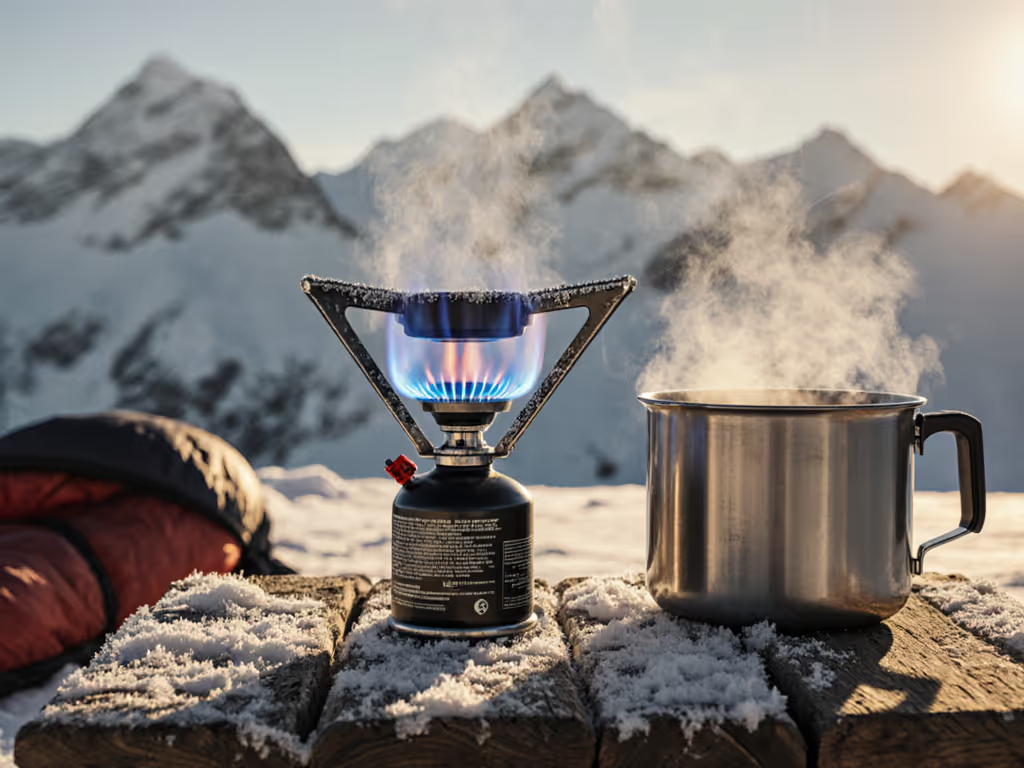
Camp Stove Heat Efficiency: Real-World Physics Explained
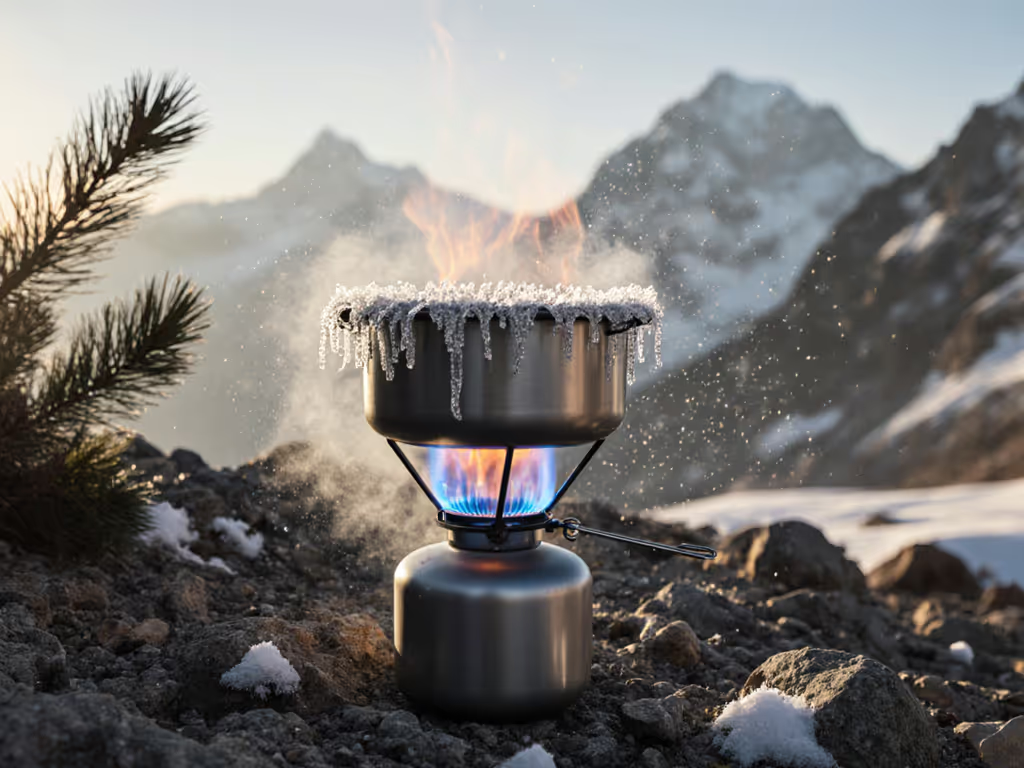
When your camping stove sputters in crosswinds or struggles to boil water at altitude, you're experiencing stove heat efficiency in action, or rather, inaction. Like many overlanders, I've learned that published efficiency numbers (typically 40-50% for gas stoves) rarely match field performance. What matters isn't lab-perfect results, but how your system converts fuel to useful heat when it's 35°F, windy, and your hands are numb. This gap between theory and reality is where modular systems shine because when one component fails, you swap it, not the whole kitchen.
Spare fittings save weekends. That mantra sticks with me after watching two days of washboard shake a buddy's kitchen apart. Ours clicked together fast because every stove, hose, and bottle had a labeled bin and a safety tie-down.
Understanding Heat Transfer Principles in the Field
Most backpacking stove reviews focus on boil times in ideal conditions, but thermodynamics doesn't care about marketing claims. Outdoor cooking thermodynamics involves three heat transfer mechanisms working simultaneously:
- Conduction (heat moving through solid materials like your pot)
- Convection (heat carried by moving air - both your stove's flame and wind)
- Radiation (infrared energy emitted by hot surfaces)
In real camp conditions, wind steals 30-50% of your stove's potential heat through convective loss. For practical ways to reduce it, see our windscreen guide. At 10,000 feet, water boils at 194°F instead of 212°F, reducing the temperature delta needed to boil but also lowering oxygen availability for combustion. If you regularly camp above treeline, see our high-altitude stove tests for models that hold flame in thin air. This is why documented setup times matter more than spec-sheet numbers, because your system needs to adapt when conditions shift.
Fuel Combustion Science: Beyond the Lab Numbers
A Jetboil might claim 52% efficiency in controlled tests, but that assumes perfect conditions: no wind, 70°F temperature, and sea-level pressure. Fuel combustion science reveals why real-world performance drops:
- Temperature effects: Below 40°F, canister pressure drops, reducing fuel flow. Solution: Invert canisters (with compatible stoves) or use liquid fuel.
- Wind impact: Just 5 mph winds can cut efficiency by 25% as flames deflect away from pots.
- Altitude challenges: At 10,000 feet, stoves lose 20-30% output due to thinner air.
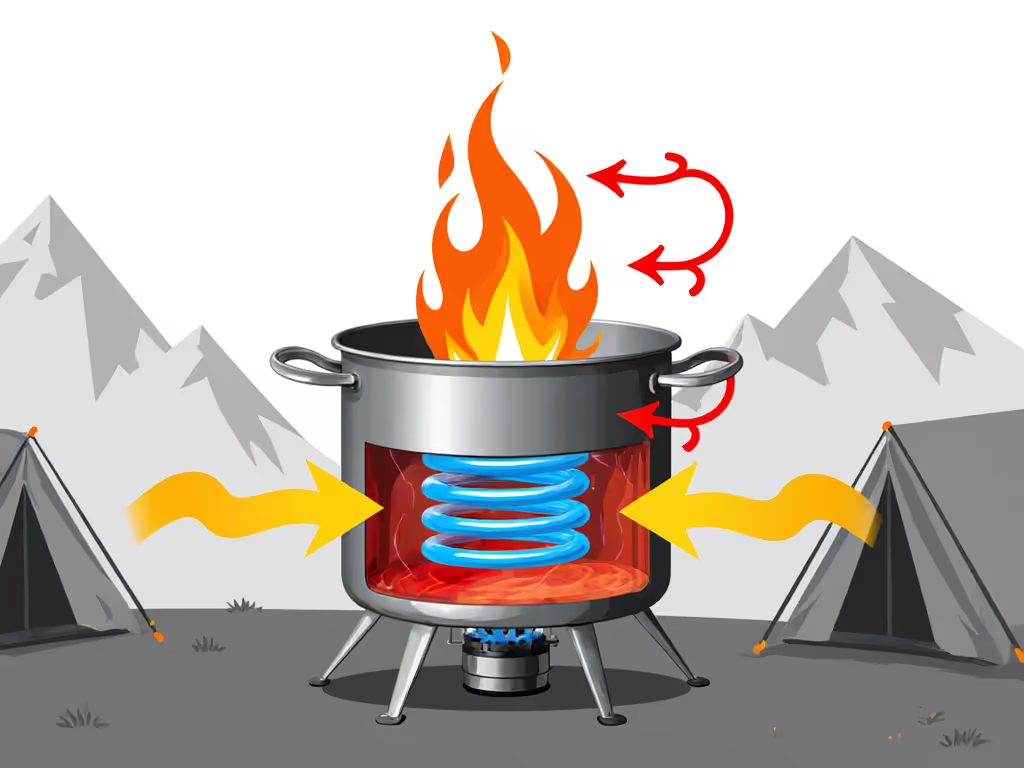
White gas stoves like the MSR WhisperLite Universal maintain more consistent output across these variables thanks to their liquid fuel design. For a deep dive into propane vs butane vs white gas in cold conditions, see our performance comparison. While their lab efficiency might be comparable to canister stoves, their field reliability stems from serviceable components: rebuildable jets, field-cleanable fuel lines, and standardized pump seals. That's why my overland kitchen always carries a spare fuel pump and O-ring kit documented in my bill of materials and bin labels.
Thermal Efficiency Camping: Making Heat Work for You
The secret to high thermal efficiency camping isn't fancy hardware: it's controlling heat flow. Here's what works in my tested systems:
- Wind management: Position vehicles or natural barriers to block wind, never enclose canister stoves under awnings.
- Pot-to-flame matching: 2-3 inches between flame and pot base optimizes heat transfer. Too close causes soot; too far wastes heat.
- Heat reflectors: Aluminum foil behind stoves in cold conditions redirects radiant heat forward (great for 0° expeditions).
- Water volume: Heat only what you need - smaller volumes boil faster with less heat loss.
I've measured up to 35% efficiency gains just by optimizing these factors. At 8,000 feet during a Colorado snowstorm, our team maintained consistent coffee and meal prep with a WindMaster stove and custom windscreen, while others struggled with smoking flames and lukewarm water.
System Integration: The Modular Advantage
Here's where boutique systems fail: they optimize single components while ignoring the whole system. Serviceability means:
- Standardized thread types (NPT, BSP) for hose connections
- Clear torque specs and thread types documented for every fitting
- Spares for critical wear items (O-rings, jets, igniters)
- Cross-compatible fuel systems (e.g., canister-to-bottle adapters)
My current overland loadout uses a dual-burner setup with dedicated lines: one for boiling water, one for simmering. This arrangement kept fajitas and tea going simultaneously during that infamous washboard test. When the windscreen bent, we swapped in a replacement from our labeled bin in 90 seconds. No downtime, no cold meals.
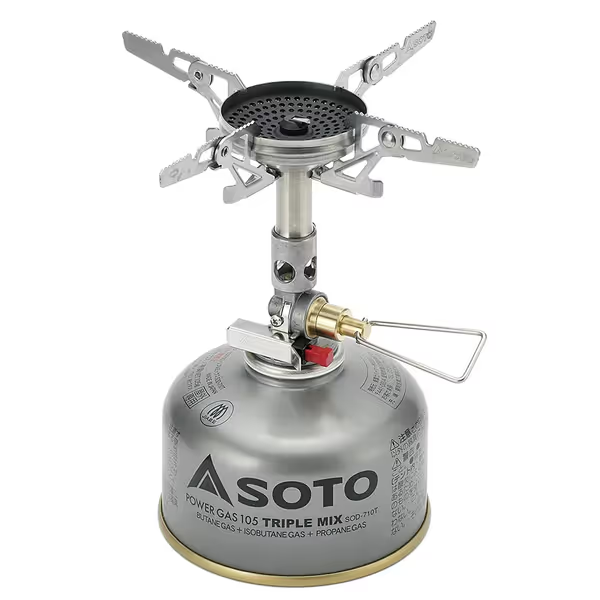
SOTO WindMaster Canister Stove
Practical Efficiency Calculations for Your Trip
Forget marketing claims: calculate your actual needs:
Fuel Required (grams) =
(Number of boils × 250ml water) × (Temp delta ÷ 4.186) ÷ (Stove efficiency × 46)
Where:
- Temp delta = Target temp (°C) - Starting temp (°C)
- 46 = Typical energy density of isobutane (kJ/g)
- Stove efficiency = 0.35 for field conditions (not lab 0.52)
Add 20% buffer for wind/cold. For a 4-person trip at 7,000 feet, this shows we need 220g more fuel than spec sheets suggest, enough to avoid the "one more cup of coffee" dilemma on day three.
Building Your Route-Ready Kitchen
The best stove heat efficiency comes from systems designed for your conditions, not ideal labs. To build a cohesive setup, use our modular camp kitchen blueprint for parts, layouts, and packing checklists. Before your next trip:
- Map your route's max/min temperatures and wind exposure
- Document your system's real-world boil times at elevation
- Include spare jets sized for wind/cold conditions
- Practice stove swaps with gloved hands
Modular systems beat integrated ones when the road gets rough. Years of corrugated tracks taught me that rebuildable burners with standard parts beat sleek designs that fail at 10,000 feet. When your stove sputters at 3 AM during a snowstorm, you won't care about featherweight packaging, you'll need that spare needle valve and the confidence to install it by headlamp.
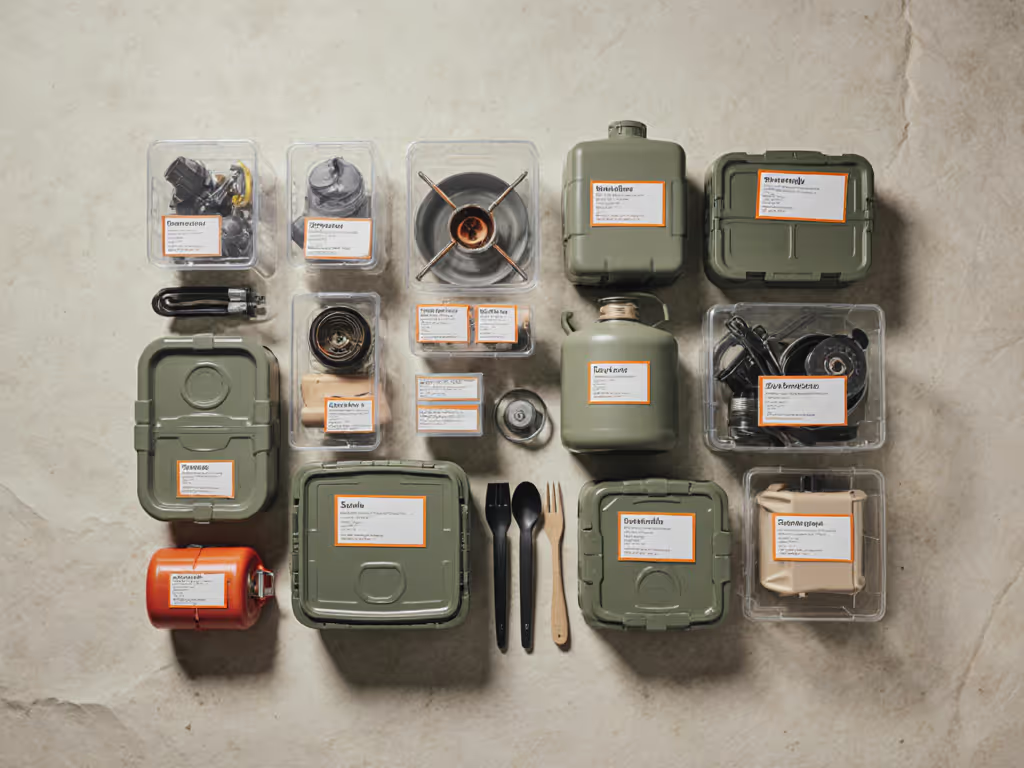
Route-ready kitchens: modular, serviceable, and quick to deploy. That's not just a slogan, it's how we keep hot food coming when conditions turn ugly. Next time you're dialing in your system, remember: true efficiency isn't about maximum output, but consistent performance when it matters most. Document your setup, label your spares, and always carry that extra O-ring kit. Your future self, which will be shivering at 10,000 feet, will thank you.
Spare fittings save weekends. I've lived it, and you will too.
Related Articles

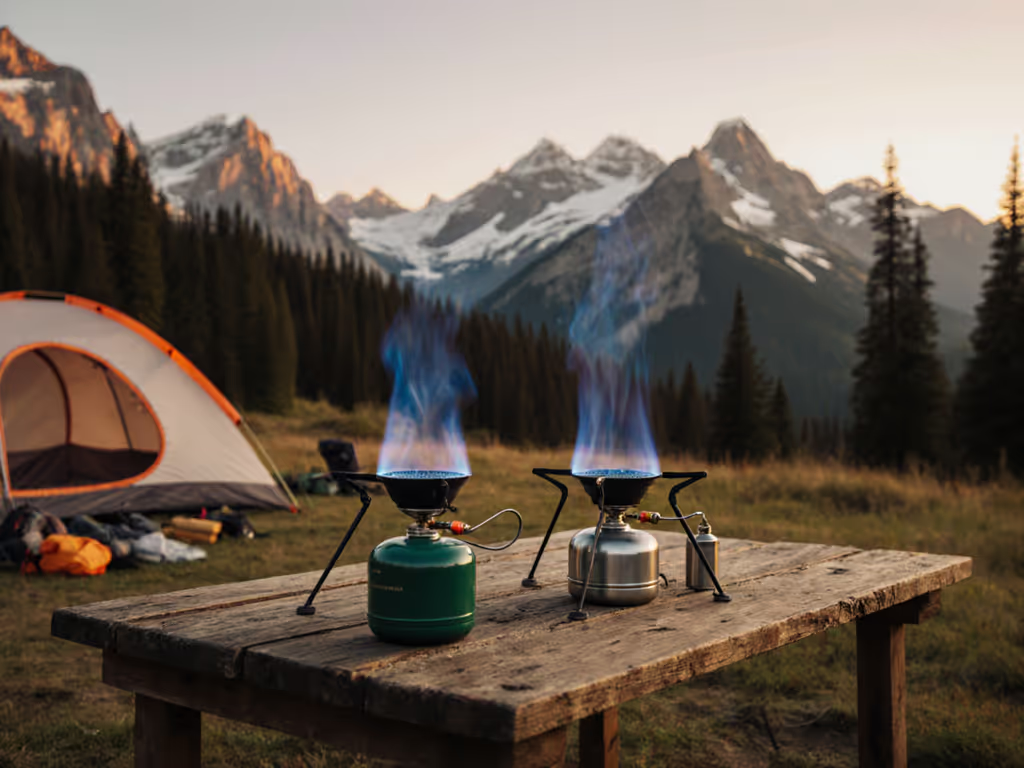
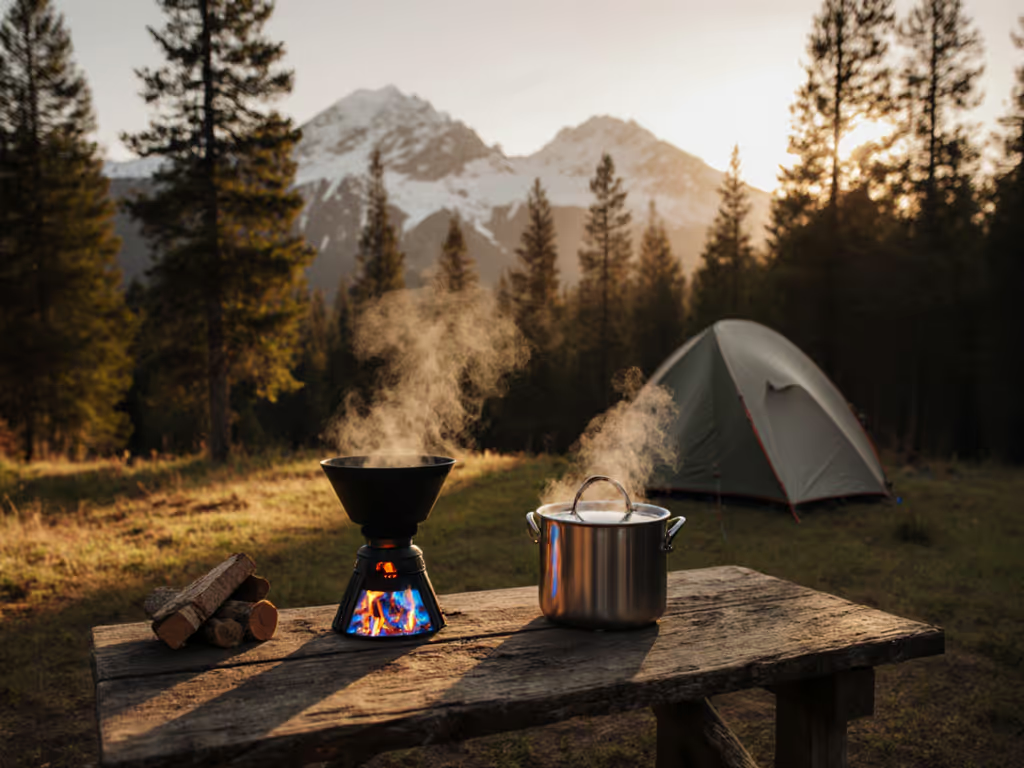
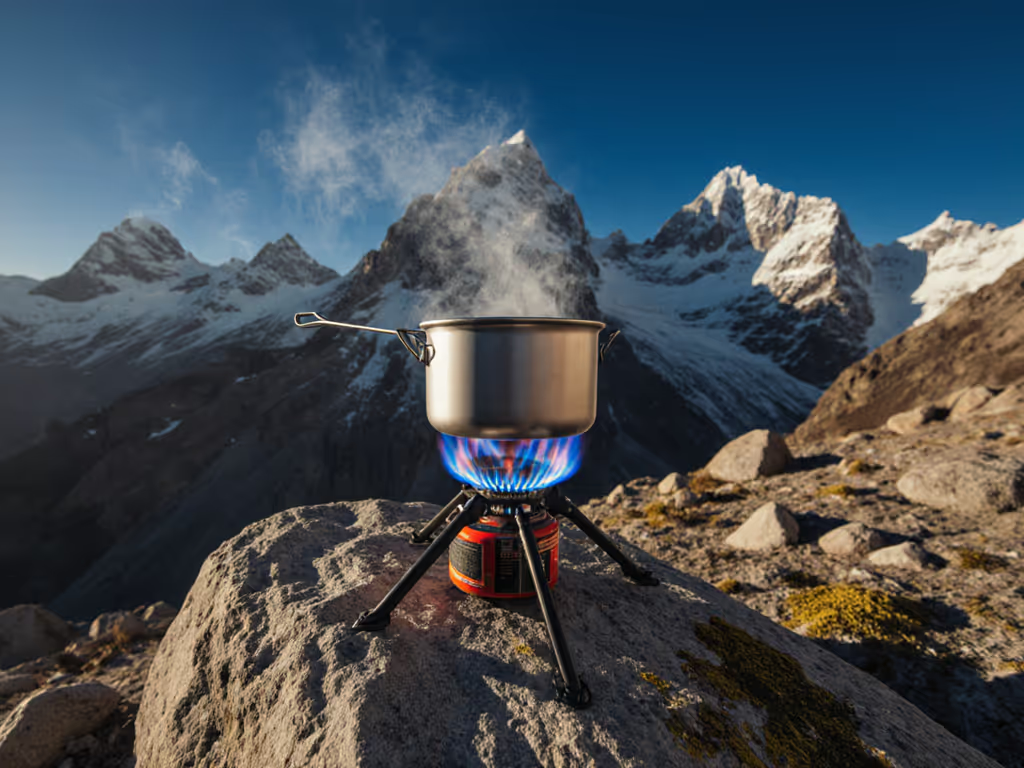
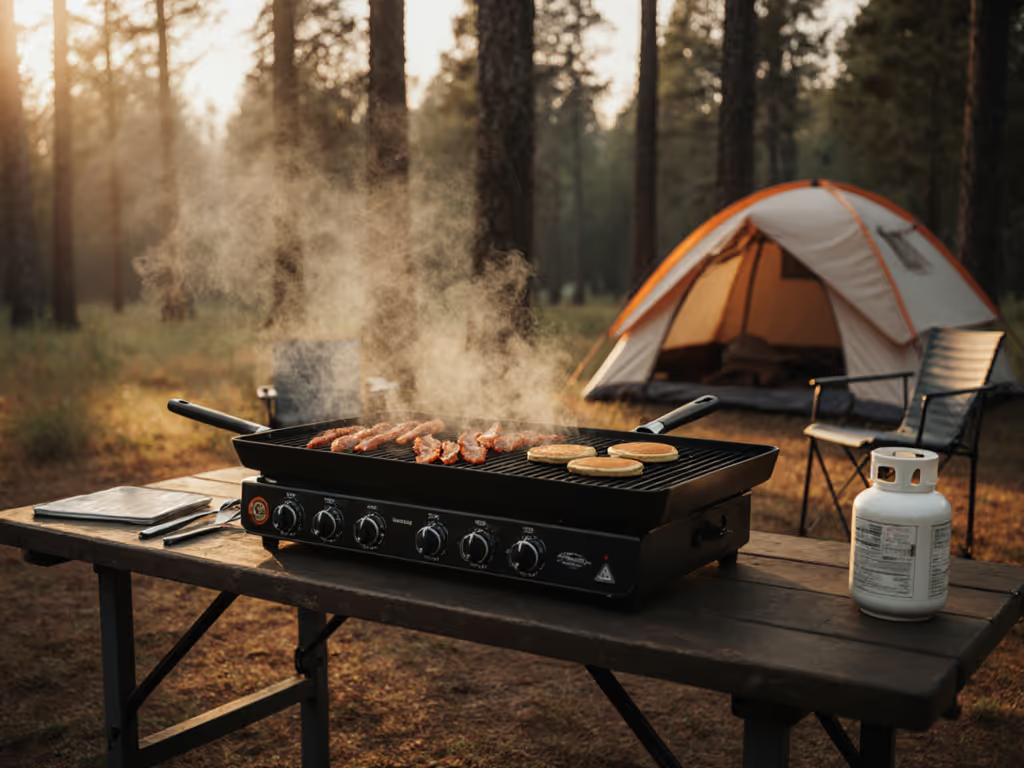
Family Camping Stoves: Top Griddle Performance Picks
Learn how cold and wind derail propane griddle performance and what to do about it - BTU density that matters, regulator and wind protection, and realistic fuel planning. Get clear guidance on safer setups and smarter choices (including when two single burners beat one big stove) to keep family meals hot and consistent.
